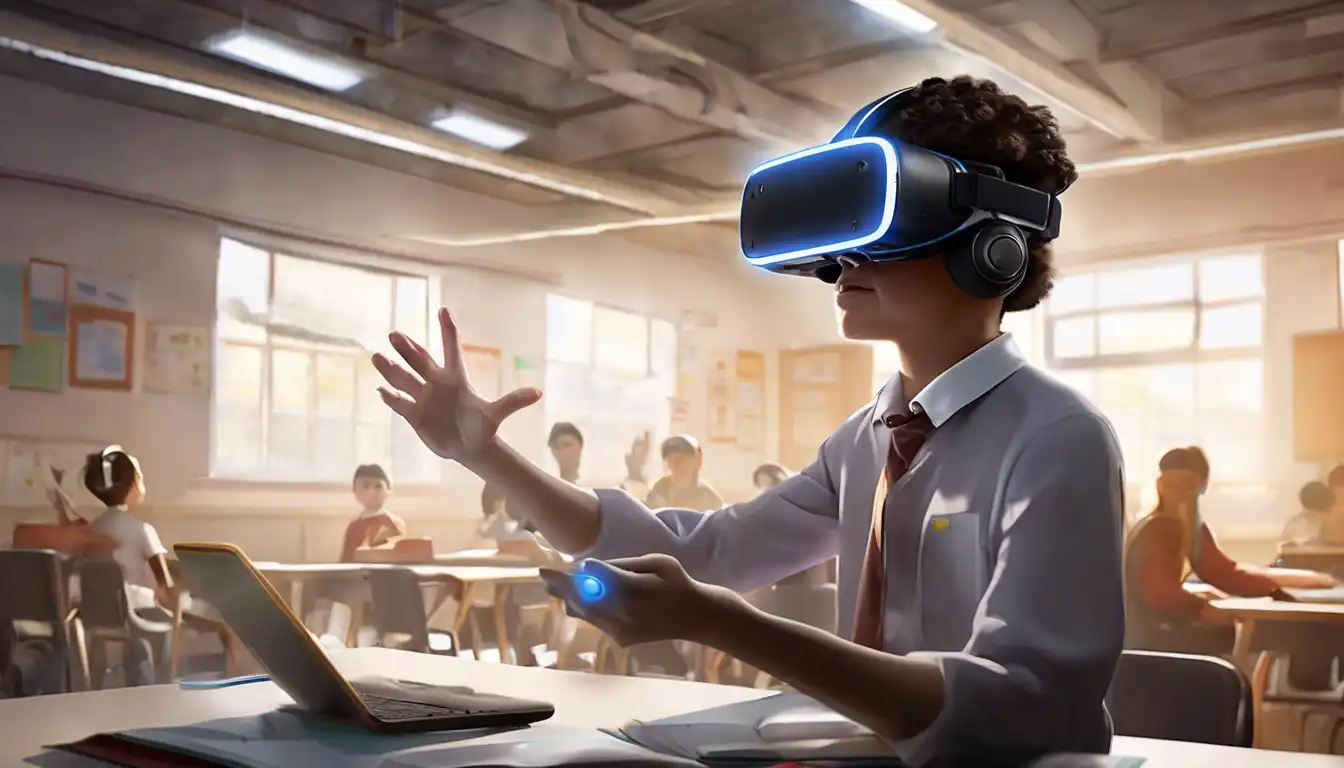The Transformative Impact of Virtual Reality on Learning and Skill Development
Virtual Reality (VR) technology has been making waves across various sectors, but its potential in education and training is particularly noteworthy. By creating immersive, interactive environments, VR offers unique opportunities for enhancing learning experiences and skill acquisition. This article delves into how VR is revolutionizing education and training, making learning more engaging, effective, and accessible.
Why VR in Education and Training?
VR technology provides a simulated environment that can mimic real-life scenarios or create entirely new worlds. This capability is invaluable in education and training, where experiential learning can significantly improve understanding and retention. From medical students performing virtual surgeries to mechanics troubleshooting engines in a virtual garage, the applications are endless.
Benefits of VR in Learning
- Enhanced Engagement: VR's immersive nature captures learners' attention, making education more engaging than traditional methods.
- Improved Retention: Experiential learning through VR has been shown to improve memory retention by allowing learners to 'experience' the material.
- Safe Learning Environment: VR provides a risk-free environment for practicing skills, from surgical procedures to hazardous job training.
- Accessibility: VR can bring distant or inaccessible environments to the learner, breaking down geographical and physical barriers.
Applications of VR in Education and Training
The use of VR in education and training spans various fields. In medical education, students can practice surgeries without risk to patients. In corporate training, employees can simulate high-pressure situations to improve decision-making skills. Meanwhile, in vocational training, learners can gain hands-on experience in a controlled, virtual environment.
Challenges and Considerations
Despite its potential, the integration of VR into education and training is not without challenges. The cost of VR equipment and the need for technical support can be prohibitive for some institutions. Additionally, creating high-quality, educational VR content requires significant resources. However, as technology advances and becomes more affordable, these barriers are expected to diminish.
The Future of VR in Education and Training
The future of VR in education and training looks promising. With advancements in technology, we can expect more realistic simulations, greater accessibility, and wider adoption across educational institutions and industries. As VR continues to evolve, it will undoubtedly play a pivotal role in shaping the future of learning and skill development.
In conclusion, VR holds immense potential to transform education and training by making learning more immersive, engaging, and effective. While there are challenges to overcome, the benefits of VR in enhancing educational outcomes and skill acquisition are undeniable. As we move forward, embracing VR technology will be key to unlocking new possibilities in learning and development.
